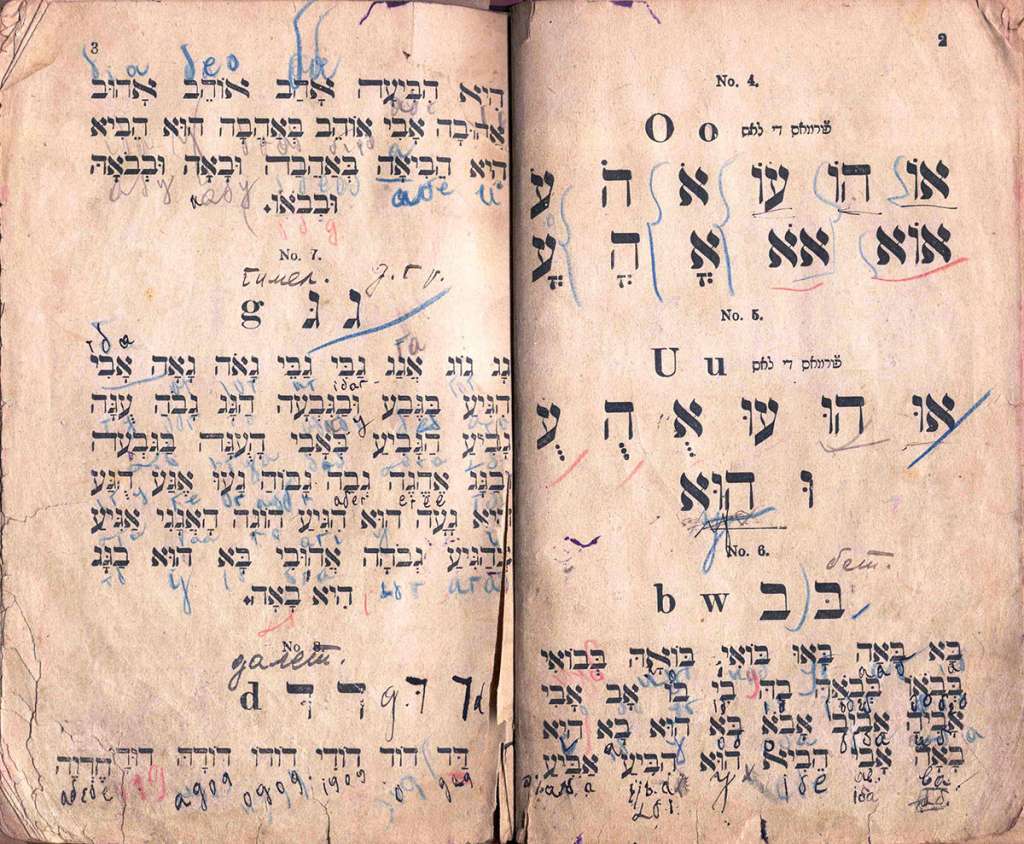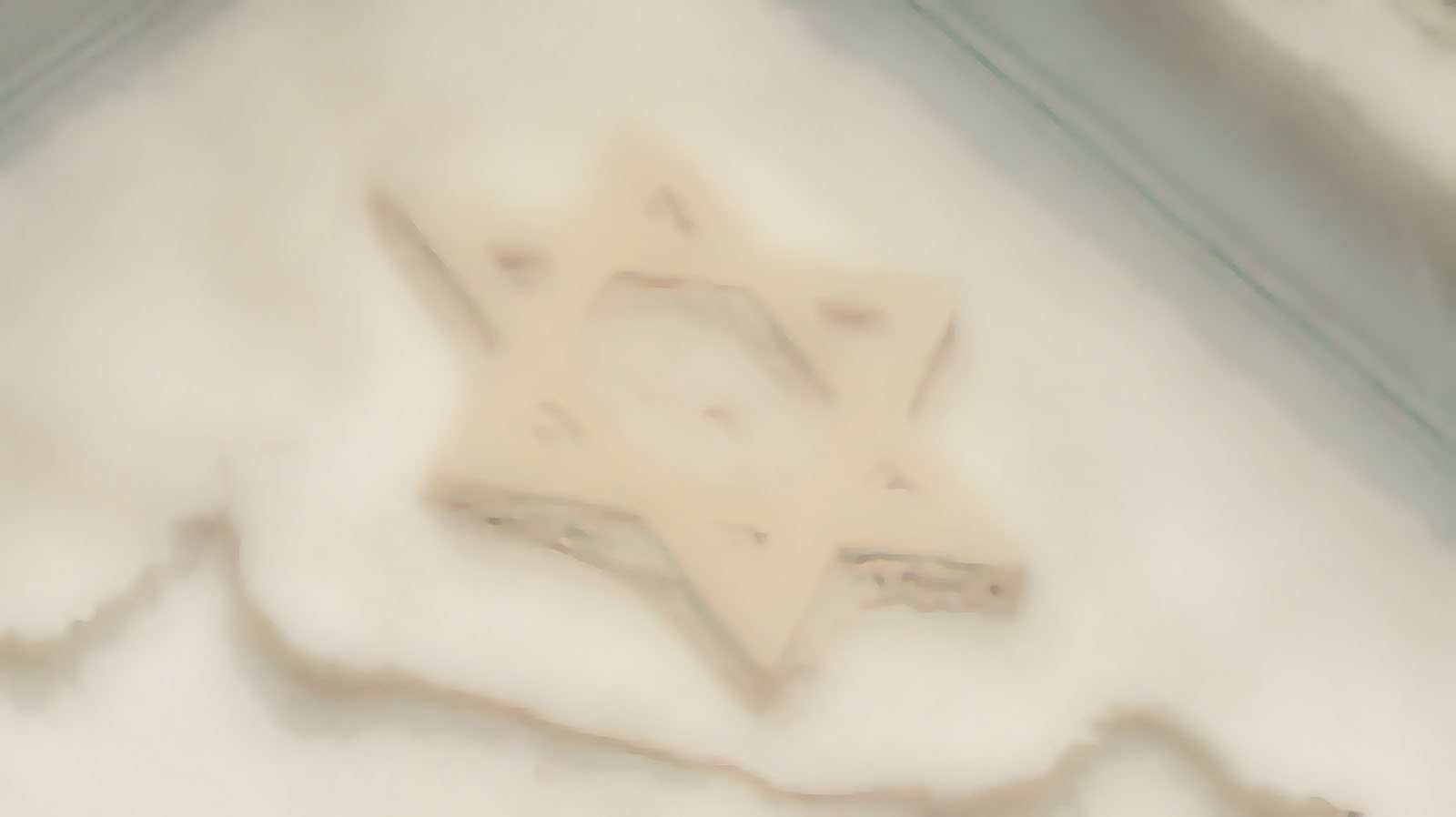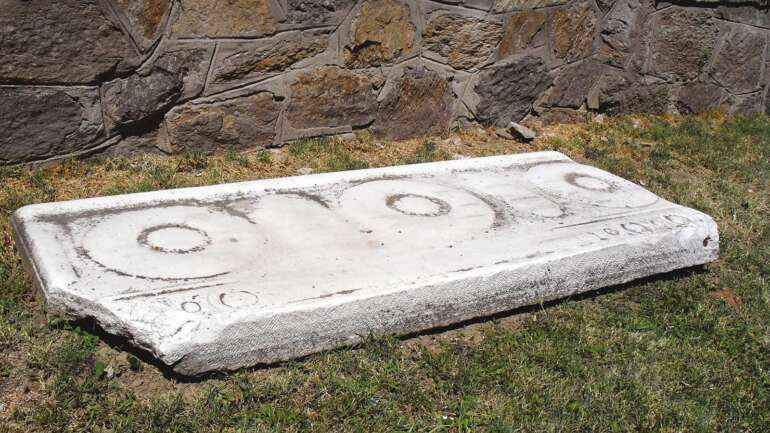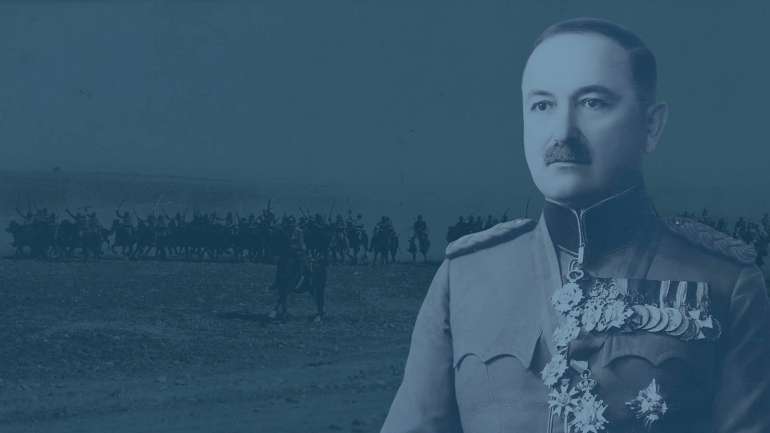By: Branislav Cvetković, museum advisor
Idea and practice of good, useful and professional museology is not to glorify states, nations or ideologies but to reliably interpret phenomena from history, social and natural spheres, for those who want to know, not those who only want to believe. This blog takes the opportunity to mark April 22 as a day of remembrance for the souls lost in atrocities of World War II in a way fit for this type of communication and institution on whose website it is located. An additional reason for this is an extraordinary event – recently, our fellow citizen Dejan Slavujević was decorated by the State of Israel with Medal of the Righteous, awarded to people who had risked their lives saving Jews in World War II. In this case the medal’s recipient is grandson of Darinka and Ljuba Ljubenović, the former mayor of Pirot, who saved the little boy, now eighty-year-old American citizen named Israel Levi. For more on this significant episode see the link.
In our Museum, as in other large holdings worldwide, materials bear witness to tragic fates of individuals and groups. Some of the museum’s objects are awkward items as they show darkest side of history. Among them are two from the Collection of Old and Rare Books. Unfortunately, it is not known who these two Hebrew books belonged to though activities of the Holocaust Museum in Washington (https://www.ushmm.org/) testify that it is possible to find people from whom their personal items were taken on their way to concentration camps… One of them, the Jewish primer, is kept in the depot: it is a publication Magen David (Shield of David) compiled in the “Ladino” (Spanish-Hebrew) language by David Moscona, a Sephardic Jew from Vienna. Our copy was printed in Vienna by J. Schlesinger in 1896. This 54-page Hebrew primer with a damaged paperback was subsequently wrapped in cardboard. It is a textbook that gives priority to the “Ladino” language spoken by the Sephardim from Spain, Portugal and Egypt in order to prevent influence of the Ashkenazi Jews language from Eastern Europe (according to Moscona, Sephardic is more beautiful being closer to ancient Hebrew). The second book is the Hebrew-Hungarian Collection of daily holiday prayers (Machzor, Unnepi imadsagok 2) for Ashkenazi Jews. It was compiled by Ignacz Füredi (1837-1909), writer and teacher from Budapest, born in Slovakia. It has 222 pages and was printed in Pest by Loewy M.E. fia in 1889. Due to original leather binding in gold print and lavish decoration with profiles it is part of the Museum’s permanent exhibition. The initials of the original owner are stamped on the cover: A.L. but whose identity is yet to be ascertained…
Our country during last two centuries has often nurtured backward or primitive beliefs, based on lack of culture and deep ignorance, superficial and, as a rule, dangerous and inaccurate theories, and therefore existence of a Holocaust commemorative date sounds cynical. A sincere attitude towards victims requires much more than formal laying of wreaths. Dilapidated façade of the Taytatzak house is only one among sad testimonies to the Jews from our town…








